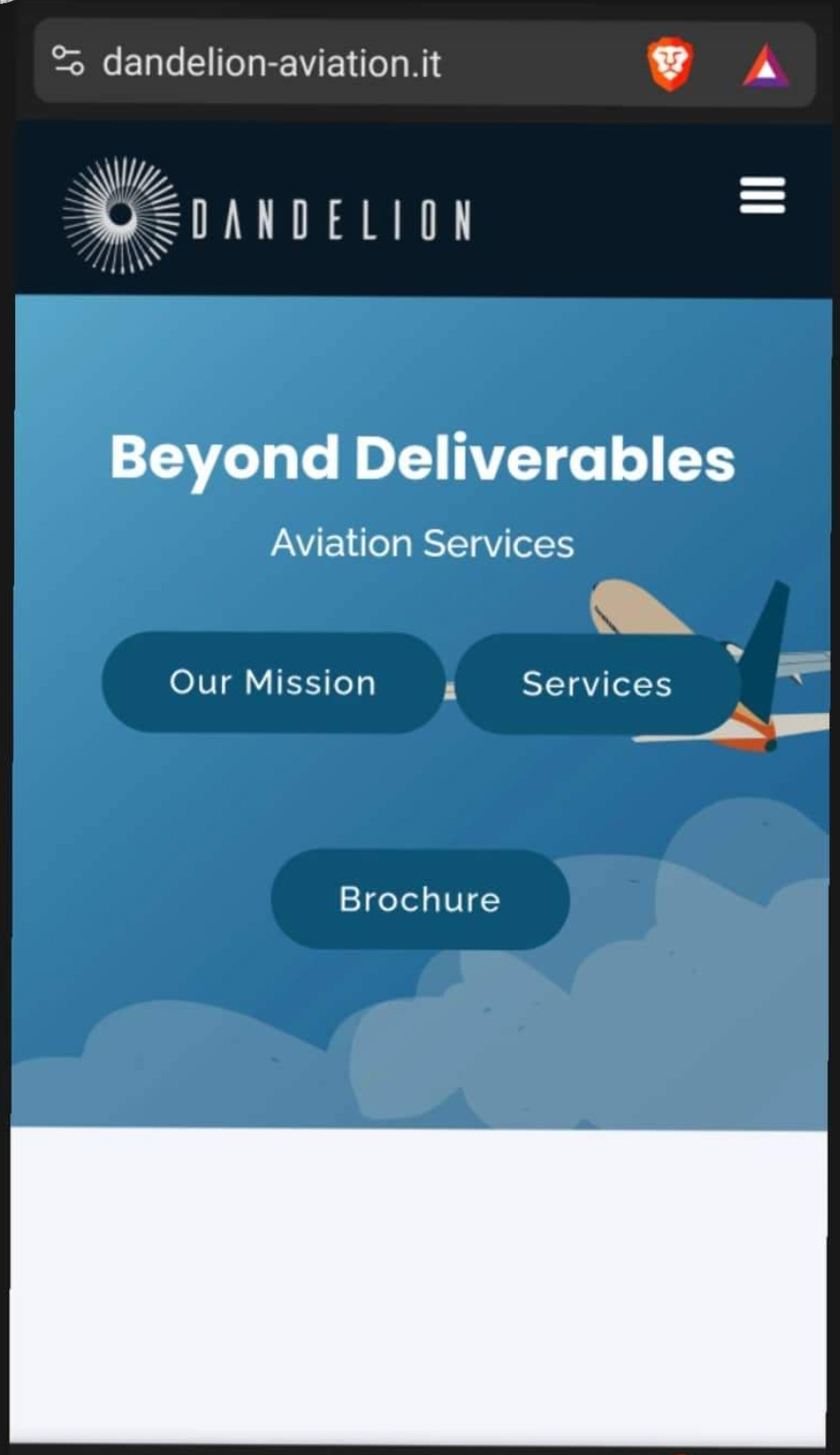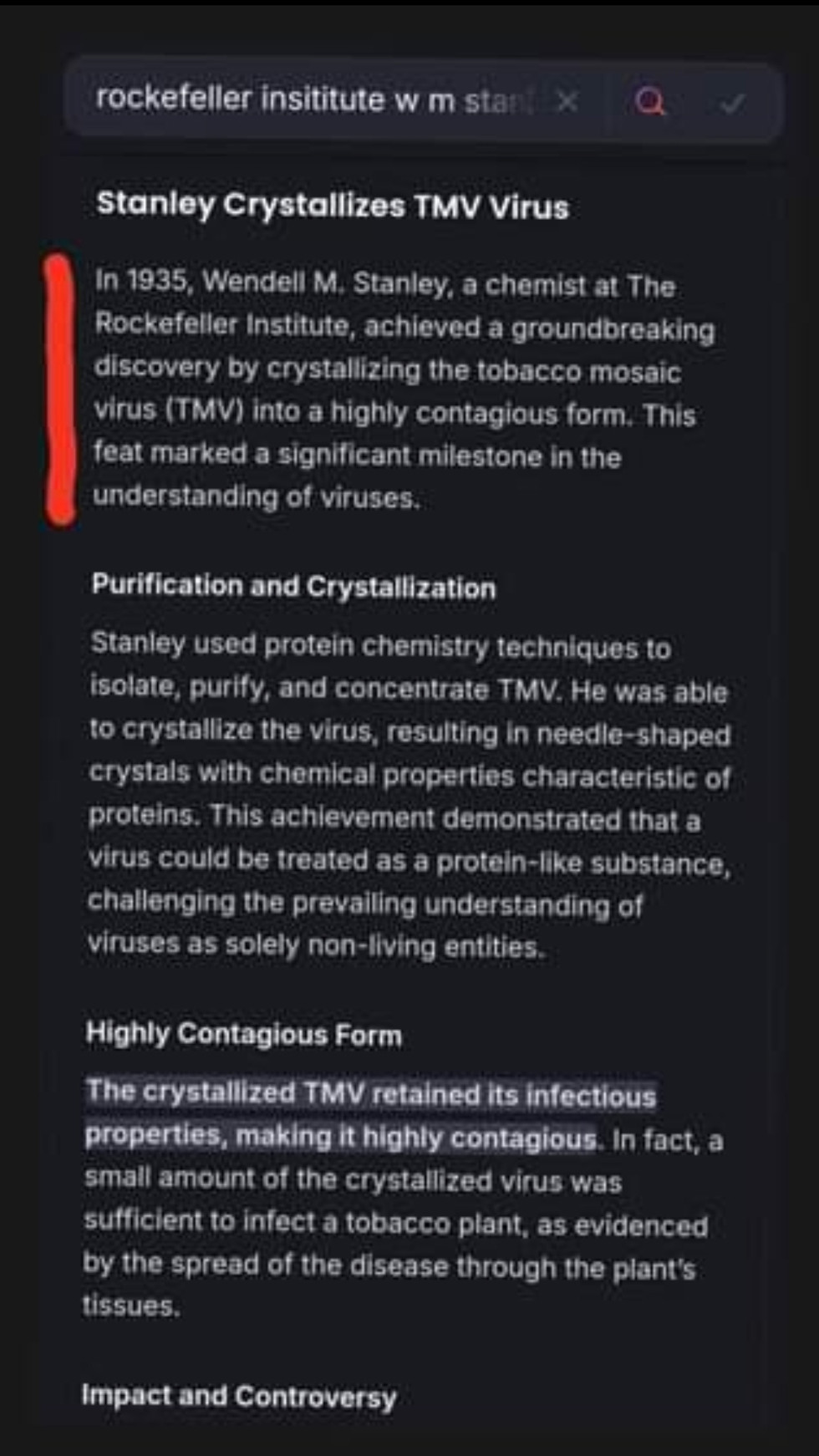Web of connections raises concerns in Bundaberg
- Jeremy Kiraly
- Mar 3
- 5 min read
Updated: Mar 23
They seem to have their hands in everything—from space to smart cities—but what’s really going on behind the scenes?
Behind the ambitious veneer of Project Dandelion lies a web of intertwined industries and stakeholders, raising urgent questions about the true motivations driving this multi-billion-dollar corporation's reach into everything from space exploration to smart cities.

Many people continue to reflect on their experiences from the pandemic. A significant measure during that time of crisis was the creation of quarantine camps aimed at isolating and processing international travellers and those infected with COVID-19. Some State MPs made sarcastic comments suggesting the camps would be used for the unvaccinated, claiming COVID-19 would eventually target them and "hunt them down". At the pandemic's peak, Australia reportedly had 11 quarantine camps, including Wellcamp in Toowoomba (Wagner Corporation).
Reports emerged about the Wellcamp Quarantine facility being used for illegal drug manufacturing and trafficking. Despite the additional income there was less activity related to its intended purpose than anticipated during the initial pandemic panic, underscoring the misuse of taxpayer money in developing a quarantine facility at a privately owned public airport. Although Its proximity to Wagner business district suggested it could have been an ideal labor camp. But conspiracy theories aside, we're focusing on Project Dandelions, though it's difficult to ignore the similarities with Denver International Airport or US FEMA camps.
In 2023, BundabergNow published an article titled “Commercial space approved for aviation precinct”, yet the identity of the applicant “Dandelion Projects” remained unclear. Further investigation into the project applicant revealed an ABN linked to Project Dandelion and an associated Trust entity named Coldplex and organization representative named Cepolina Pty Ltd.
The parent company, Project Dandelion, describes itself on its website as “A WOMEN-LED global campaign for CLIMATE JUSTICE”. However, search results indicate that Project Dandelion is also a collective of companies, a complex entity with numerous stakeholders and connections to various industries and organizations, including cybersecurity, blockchain, IoT, aviation, and data science. Yet, the exact connections between these companies are not entirely clear.


Project Dandelion seems to be building a community around its technology, with partnerships and collaborations across industries. For Instance, DXC Technology’s Dandelion Program adopted by the AFP is expanding across Europe and Asia pacific, aiming to provide career opportunities specifically for LGBTQ+, women and neurodivergent individuals in the IT and Cyber-security industry.
The Rockefeller Foundation, the Catholic Church, and the United Nations seem to be three principal collaborators in the project, alongside the UN, which guides the UNDP (UN Development Program) responsible for setting the objectives of Community Development (COMDEV) with links to Israeli Community Security Services (CSS).
The Elders are non-funding partners of Project Dandelion which includes many notable figures including Nelson Mandela and Mary Robinson, who was the first female president of Ireland and has spent decades fighting for climate change. She looks like she came straight out of a bond movie and her interview with Sarah Macfarlane and Sir Richard Dearlove in
"She led Ireland. He led MI6. They lead our look at the climate crisis." leaves it open for debate
The Elders are non-funding partners of Project Dandelion, which includes many prominent individuals such as Nelson Mandela and Mary Robinson, the first female president of Ireland who has spent decades fighting for climate change action. She has a presence reminiscent of a Bond movie character, and her interview with Julia Macfarlane and Sir Richard Dearlove in "She led Ireland. He led MI6. They lead our look at the climate crisis." invites discussion.

Project Dandelion includes numerous smaller entities under the same or similar names within its corporate structure. Dandelion markets itself as a comprehensive turn-key integration aviation service for airport management, processes, and logistics. The company's mission and slogan is "Beyond deliverables." But what does 'Beyond Deliverables' really mean, and how does an organization seemingly focused on identity politics and climate change relate to aviation?
As part of Queensland's aerospace 10-year roadmap and action plan, which aims to capture a larger share of national aerospace work, the government is seeking partnerships with businesses to enhance the competitiveness of Queensland’s aviation and aerospace sector. This includes business entities that may not be based in Australia or directly related to aviation. The aerospace 10-year roadmap emphasizes Queensland’s unique position and expertise in areas such as tropical and infectious diseases, suggesting that additional funding and research in this field could help prevent future diseases and establish Queensland, Australia, as a competitive global leader.

The 10-year Roadmap includes plans to establish a medical centre within the airport premises. However, a commenter expressed safety concerns regarding wind shear and turbulence due to its very close location (within 500 meters) to the threshold of a main runway, where the section C 1 in 35 rule should be considered, rendering this location unsuitable for a hospital. This raises questions about whether the plans have been approved by the Civil Aviation Authority (CASA), as there are no public hospitals in Australia situated this close to an airport, and the noise and safety issues have not been publicly addressed yet.
This is intriguing when considering the complex history and involvement of the Rockefeller Institute in researching and developing infectious diseases, particularly the Tobacco Mosaic Virus (TMV).
TMV was the first virus to be discovered, spawning the field of Virology. Although it was known from the late 19th century that an infectious disease was damaging tobacco crops, it was not until 1930 that the infectious bacteria was determined to be a virus. It is the first pathogen identified as a virus.
In 1879, Adolph Mayer showed that a leaf-mottling disease could be transmitted by rubbing juice from diseased plants onto the leaves of healthy plants. He coined the name ‘tobacco mosaic disease’ and suggested that the etiology was bacterial, although no such agent could be cultured.
In 1935, Wendell M. Stanley, a scientist at the Rockefeller Institute, purified the tobacco mosaic virus, resulting in a fine needle-like filamentous crystalline preparations which were fully active and highly infectious. However, there was considerable debate over whether this virus was natural or the result of synthetic lab-engineering of a protein.
This was not only the initial crystallization of a virus, but also the unprecedented example of a living entity occurring in the crystalline state. Tobacco mosaic virus (TMV) was subsequently shown to be a single-stranded RNA virus of filamentous morphology.

It's reassuring to know that your community is secure and that the technologies we rely on provide convenience and simplify our lives. However, is it possible that the very tools designed to enhance our quality of life could be turned against us? Lulling us into a deceptive sense of safety, security, and ease, particularly through the accelerated progress of technology towards a highly digital and interconnected world.

As autonomy and surveillance take centre stage, supported by AI and machine learning, new questions arise. Are we trading privacy for convenience or freedom for security? The allure of endless TV shows and content, meticulously crafted and curated by AI algorithms, is undeniable, yet what are the unforeseen consequences of centralization and hyper-connected systems?















































































































































































Comments